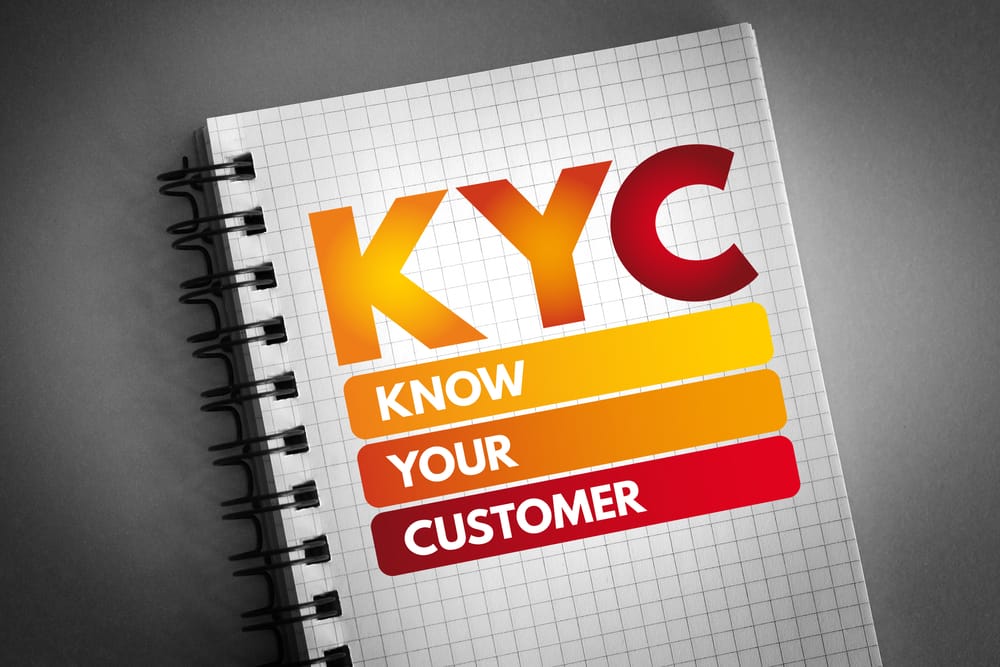Identifying the source of funds is a crucial step in mitigating the risk of money laundering. By understanding where money originates, financial institutions can better assess the legitimacy of transactions and prevent illicit activities. This article explores the importance of source of funds verification and provides best practices for effective compliance.
Understanding the Source of Funds
The source of funds refers to the origin of money used in a transaction. Verifying the source of funds involves identifying how the money was earned or acquired, ensuring it comes from legitimate activities. This process helps prevent the integration of illicit money into the financial system.
Importance of Source of Funds Verification
1. Preventing Money Laundering
Description: Verifying the source of funds is a primary measure to prevent money laundering.
How It Works:
- Verification Process: Financial institutions check the origins of funds to ensure they come from legitimate sources.
- Documentation: Customers provide supporting documents such as pay slips, bank statements, and contracts.
- Analysis: Institutions analyze the provided information to detect any discrepancies or suspicious patterns.
Benefits:
- Risk Mitigation: Reduces the risk of money laundering by identifying and rejecting illicit funds.
- Compliance: Ensures compliance with AML regulations and guidelines.
- Trust: Enhances trust and integrity within the financial system.
2. Enhancing Due Diligence
Description: Source of funds verification is a key component of customer due diligence (CDD).
How It Works:
- Customer Profiling: Institutions gather comprehensive information about customers’ financial backgrounds.
- Risk Assessment: Assess the risk levels associated with different sources of funds.
- Ongoing Monitoring: Continuously monitor transactions to detect any changes or suspicious activities.
Benefits:
- Improved Risk Management: Helps institutions manage risks more effectively by understanding customers’ financial behaviors.
- Regulatory Compliance: Meets regulatory requirements for thorough due diligence.
- Enhanced Security: Strengthens the security of financial transactions by ensuring funds are legitimate.
Best Practices for Effective Source of Funds Verification
1. Implement Robust Verification Procedures
Description: Establish detailed procedures for verifying the source of funds.
Steps:
- Documentation Requirements: Clearly define the documents required for source of funds verification.
- Verification Methods: Use both documentary and non-documentary methods to verify the legitimacy of funds.
- Compliance Checks: Regularly review and update verification procedures to comply with regulatory changes.
Benefits:
- Consistency: Ensures a consistent approach to source of funds verification across the organization.
- Accuracy: Improves the accuracy of verification by using multiple methods.
- Compliance: Ensures ongoing compliance with AML regulations.
2. Leverage Advanced Technology
Description: Use advanced technologies to enhance the efficiency and accuracy of source of funds verification.
Tools:
- Artificial Intelligence (AI): Employ AI to analyze transaction data and detect anomalies.
- Machine Learning: Use machine learning models to predict and identify suspicious activities.
- Blockchain: Utilize blockchain for secure and transparent recording of transactions.
Benefits:
- Efficiency: Automates the verification process, reducing manual effort.
- Accuracy: Enhances the accuracy of detecting suspicious activities.
- Security: Provides a secure and transparent way to verify transactions.
3. Train and Educate Employees
Description: Regularly train employees on source of funds verification procedures and regulatory requirements.
Steps:
- Training Programs: Develop comprehensive training programs for employees.
- Regular Updates: Provide regular updates on new regulations and best practices.
- Interactive Sessions: Use interactive sessions, case studies, and simulations to enhance learning.
Benefits:
- Knowledgeable Staff: Ensures employees are well-informed about verification procedures and regulations.
- Improved Detection: Enhances the ability of employees to detect and report suspicious activities.
- Compliance Culture: Fosters a culture of compliance within the organization.
Verifying the source of funds is a critical step in mitigating the risk of money laundering. By implementing robust verification procedures, leveraging advanced technology, and regularly training employees, financial institutions can ensure effective compliance and enhance the security of their transactions. A thorough understanding of the source of funds not only helps in preventing money laundering but also strengthens the overall integrity of the financial system.





